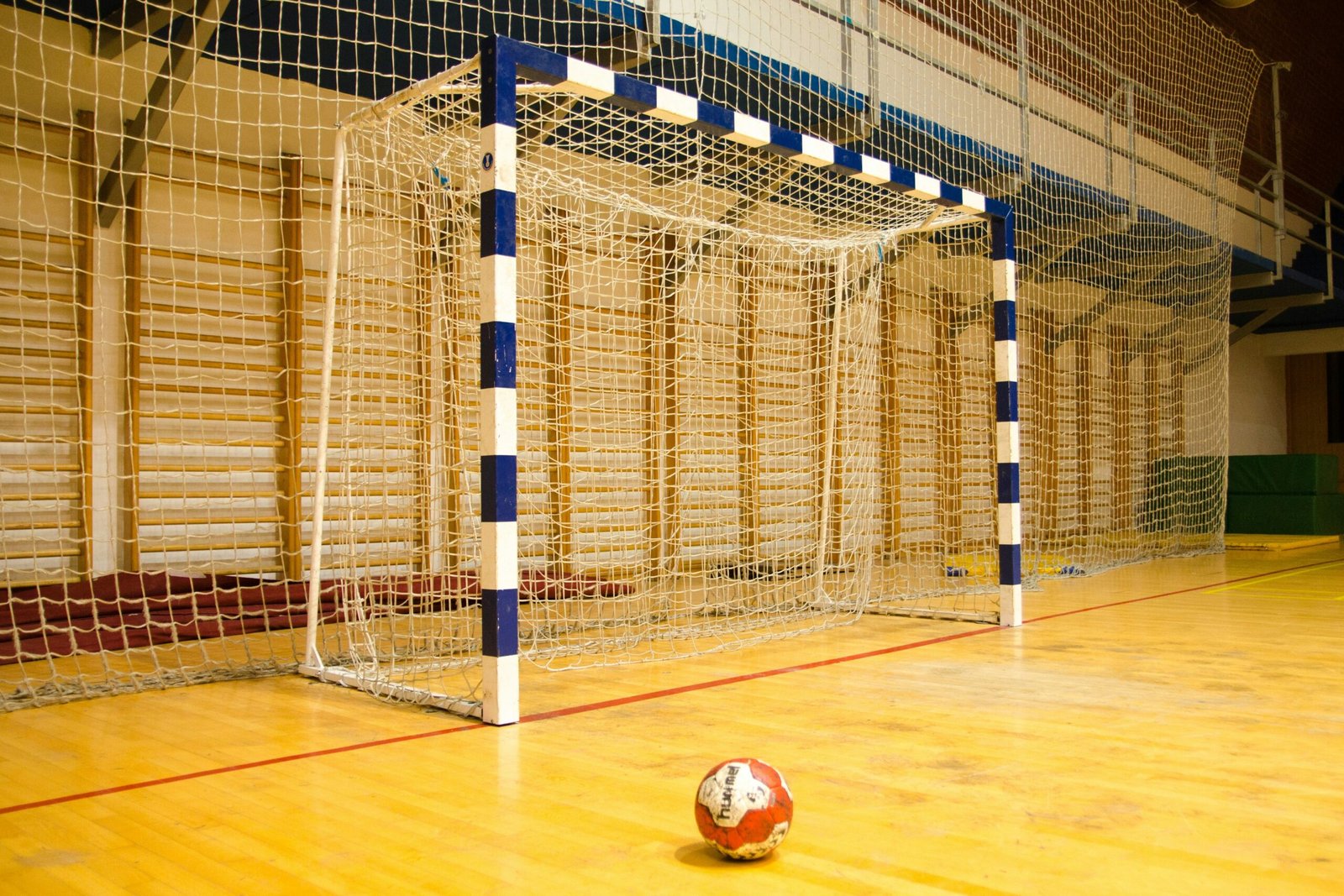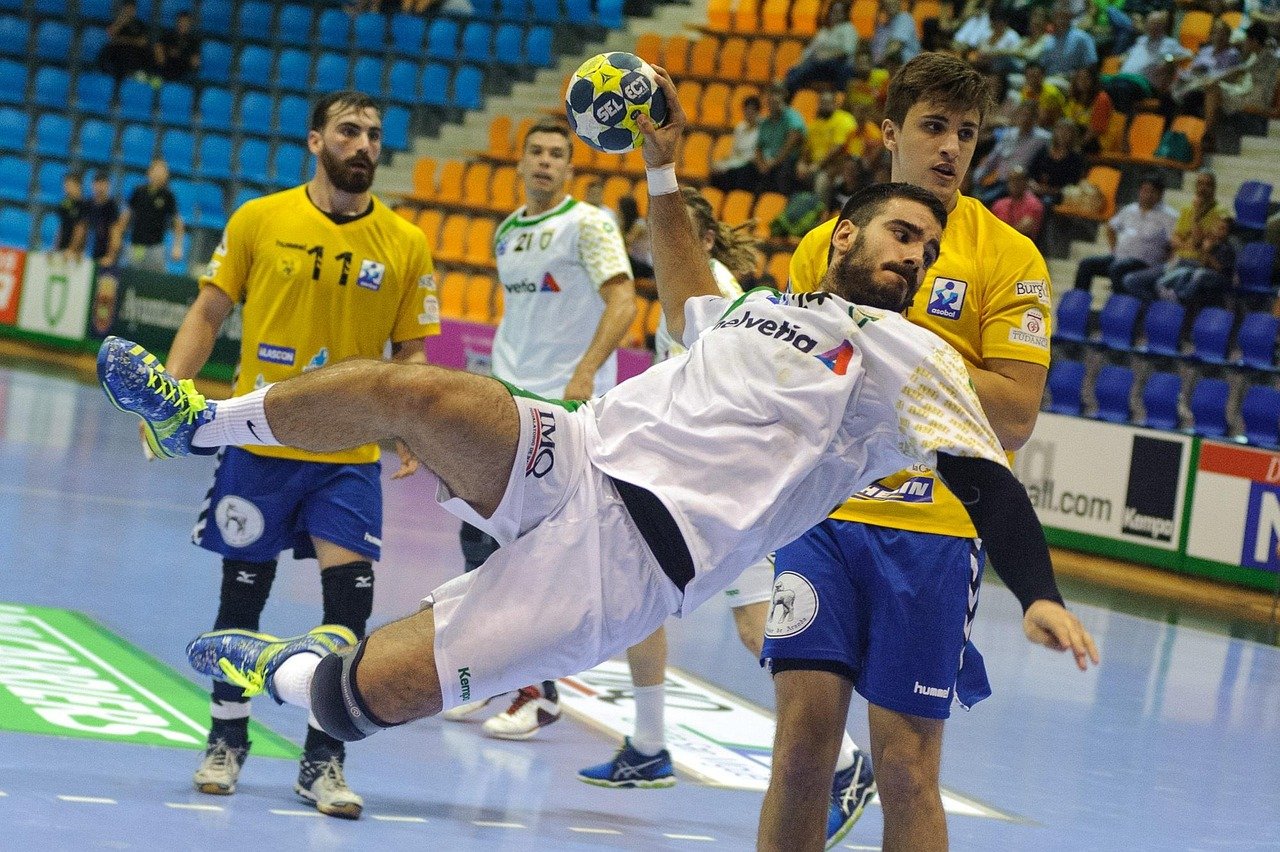Each position in handball requires a distinct combination of physical attributes and tactical awareness. Whether you’re aiming to be a sharp-shooting wing or a commanding goalkeeper, understanding the unique demands of each role is essential for performance and team success.
The Goalkeeper
Physical Demands
- Excellent reflexes and agility
- Core strength and flexibility for diving saves
- Strong legs for explosive jumps and lateral movement
Tactical Demands
- Anticipation of shots and opponent movements
- Commanding presence to organise defence
- Ability to initiate counter-attacks with accurate throws
The Left and Right Wings
Physical Demands
- Speed and acceleration for fast breaks
- Agility for tight-angle finishes
- Stamina to maintain quick sprints throughout the match
Tactical Demands
- Sharp positioning to exploit space near the touchline
- Timing runs to perfection
- Finishing under pressure from acute angles
The Left and Right Backs
Physical Demands
- Strong shooting arm and upper-body power
- Height and jumping ability for long-range shots over defenders
- Physicality to withstand defensive pressure
Tactical Demands
- Decision-making for shooting or passing
- Timing runs into gaps in defensive lines
- Ability to coordinate with pivot and centre back
The Centre Back
Physical Demands
- Overall athleticism and endurance
- Quick lateral movement for switching direction
- Balance and body control in contact situations
Tactical Demands
- Orchestrating offensive plays
- Vision and awareness to read the defence
- Leadership and communication skills
The Pivot (Line Player)
Physical Demands
- Core and upper-body strength for maintaining position
- Agility to spin and create space
- Toughness to endure heavy marking
Tactical Demands
- Understanding of defensive gaps
- Coordination with backs for quick passes
- Screening and creating space for others
Adaptability and Role Switching
Modern handball places a premium on versatility. Players are often expected to adapt to different roles mid-match. For instance, wings may drop back into defence or backs may switch sides depending on the team’s tactics and phase of play.
Physical Adaptability
- Cross-training for endurance, strength and agility
- Injury prevention for multi-positional athletes
Tactical Intelligence
- Studying game scenarios
- Learning cues for when to switch roles or positions
Conclusion
Each handball position has its own set of demands, both physically and tactically. Understanding these can not only help players specialise but also enable more effective team strategies through positional rotation and adaptability. Tailoring your training to your role is key to mastering the game.



